AWC Field Guide Steven Spragg recently traversed across Mornington-Marion Downs Wildlife Sanctuary and identified 101 unique bird species – in one day!
The record for the most species sighted in Australia in one year (known as a Big Year) is 770 by John Weigel. Of course, a Big Year gets harder over time as a birder’s number of unidentified species depletes. Still, 101 species across one area, in one day, is no small feat.
Steven started his day at 4:46 am and finished nearly 14 hours later. In that time, he travelled 193 kilometres and spotted 1,936 birds. His findings show the epic diversity of species present around the birding mecca that is Mornington.
Have a gander at his list:
200 Pictorella Munia
200 Peaceful Dove
200 Budgerigar
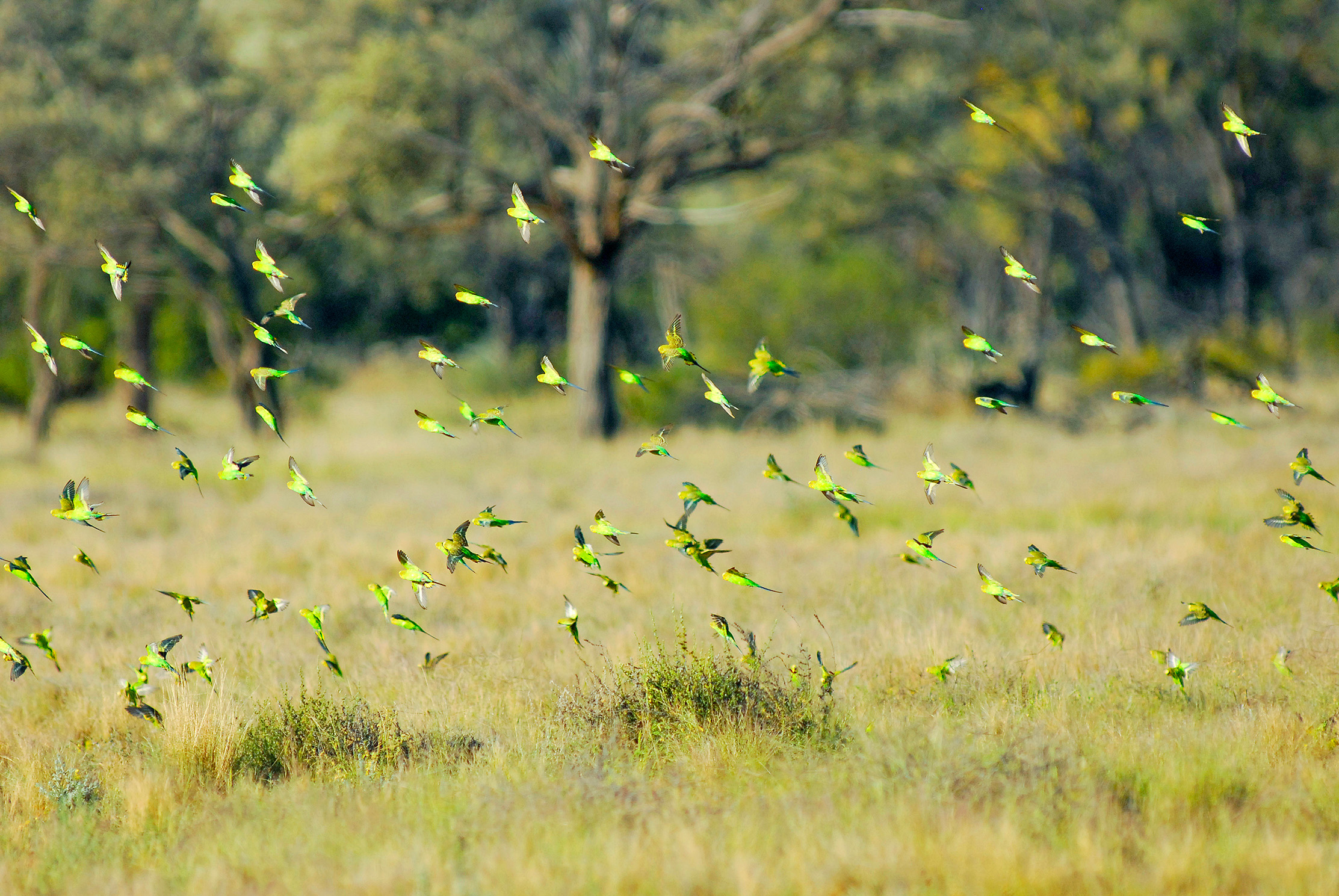 Wayne Lawler/AWC
Wayne Lawler/AWC
150 Varied Lorikeet
100 Painted Firetail
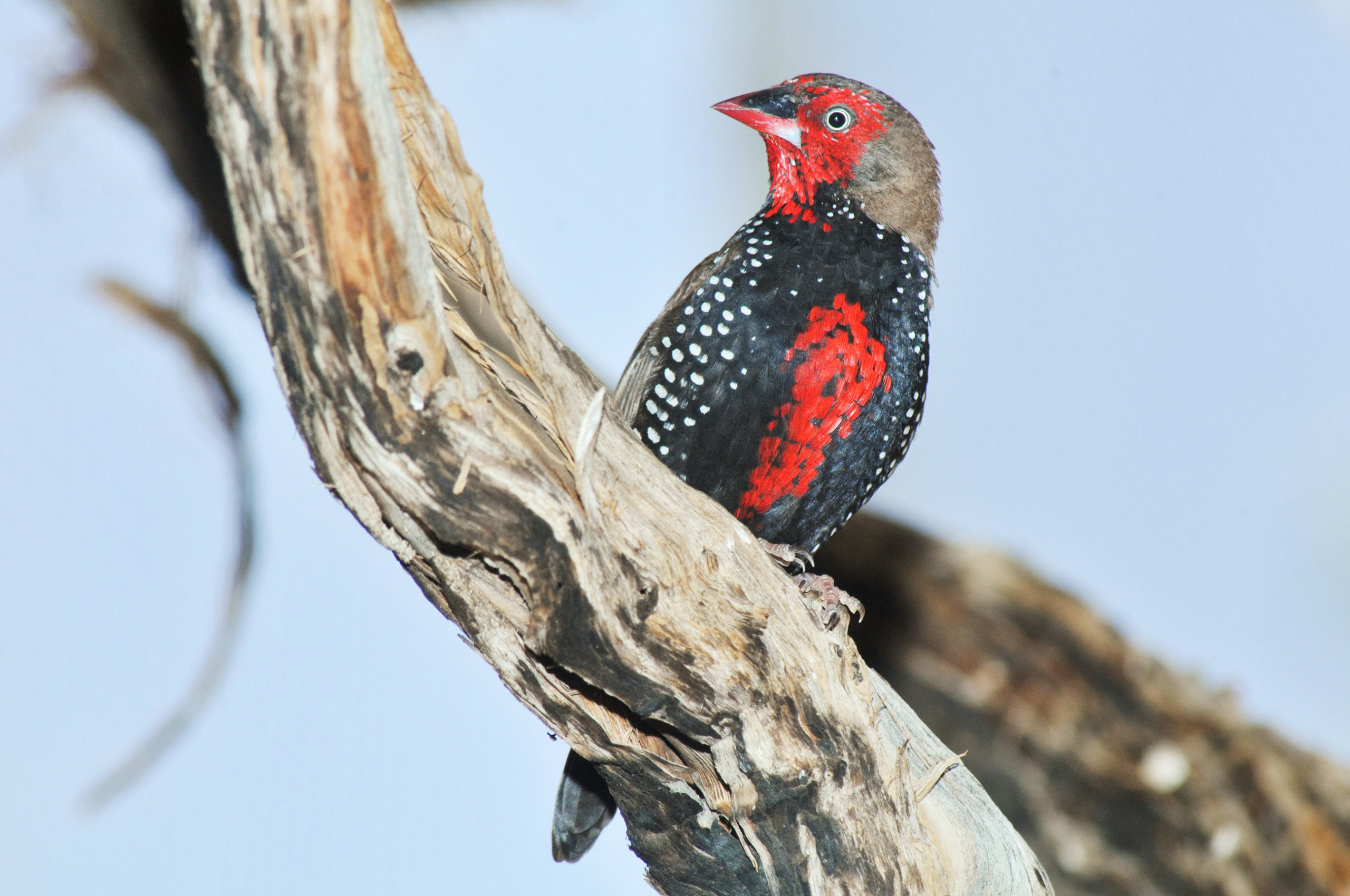 Wayne Lawler/AWC
Wayne Lawler/AWC
100 Little Corella
100 Double-barred Finch
100 Diamond Dove
80 Long-tailed Finch
 Steven Spragg/AWC
Steven Spragg/AWC
70 Gouldian Finch
AWC protects one of the largest remaining populations of the endangered Gouldian Finch at Mornington-Marion Downs, and smaller populations at Charnley River, Wongalara, Pungalina and possibly Brooklyn.
The primary threat to the survival of the Gouldian Finch is altered fire regimes – especially an increase in extensive, hot wildfires in the late dry season. Wildfires reduce the availability of seed at key times during the year and limit the availability of tree hollows for nesting. Until recently, people often travelled thousands of kilometres to catch a glimpse of a Gouldian Finch. Now, thanks to both heavy rainfall and active backburning to minimise wildfires at Mornington-Marion Downs, Steven only had to drive for five minutes to see 70 members of this species bathing and foraging in all their glory!
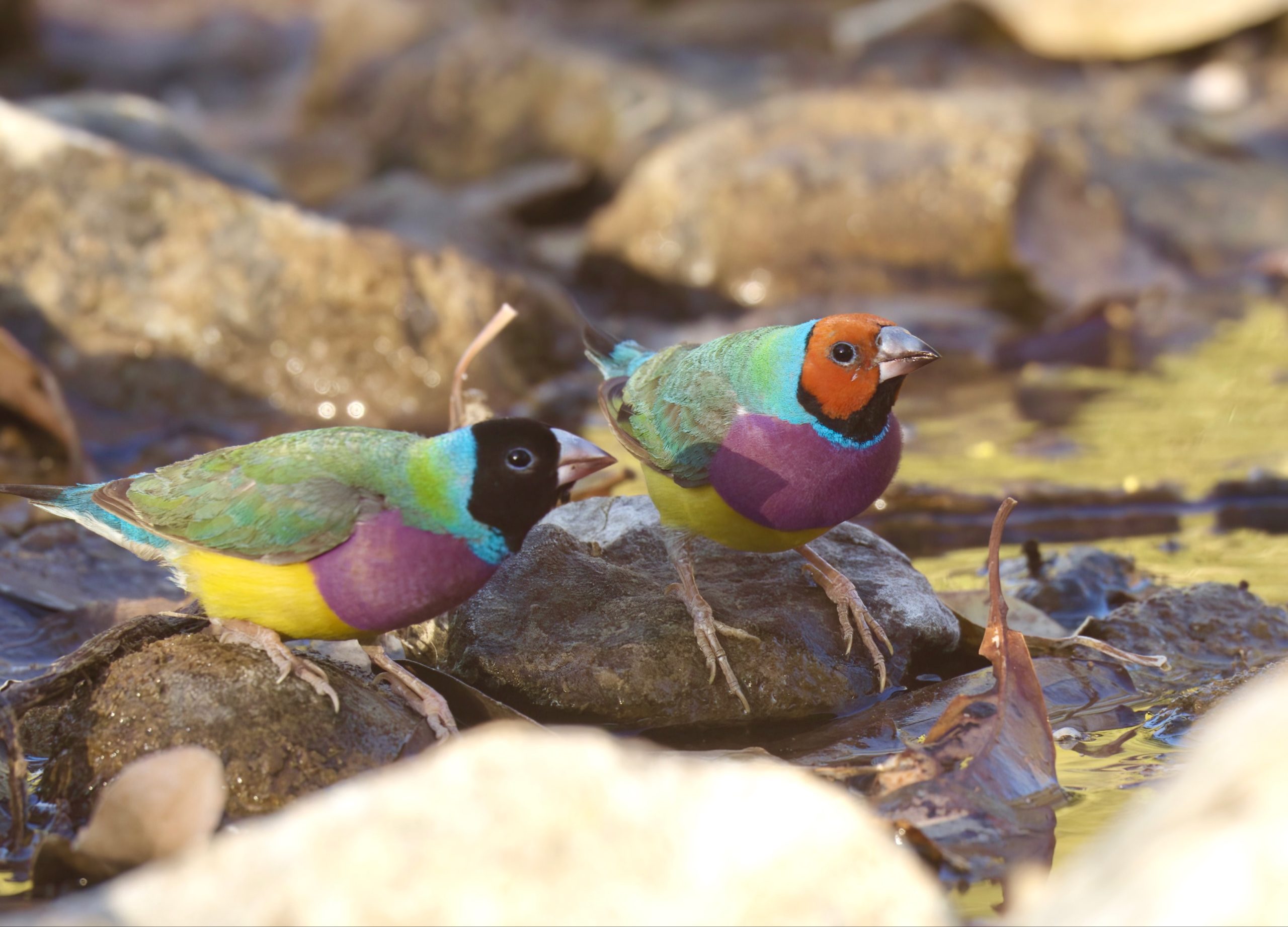 Steven Spragg/AWC
Steven Spragg/AWC
40 Crimson Finch
35 Zebra Finch
30 White-winged Triller (small numbers across various locations)
30 Brown Honeyeater
20 Yellow-tinted Honeyeater
20 Torresian Crow
20 Rainbow Bee-eater
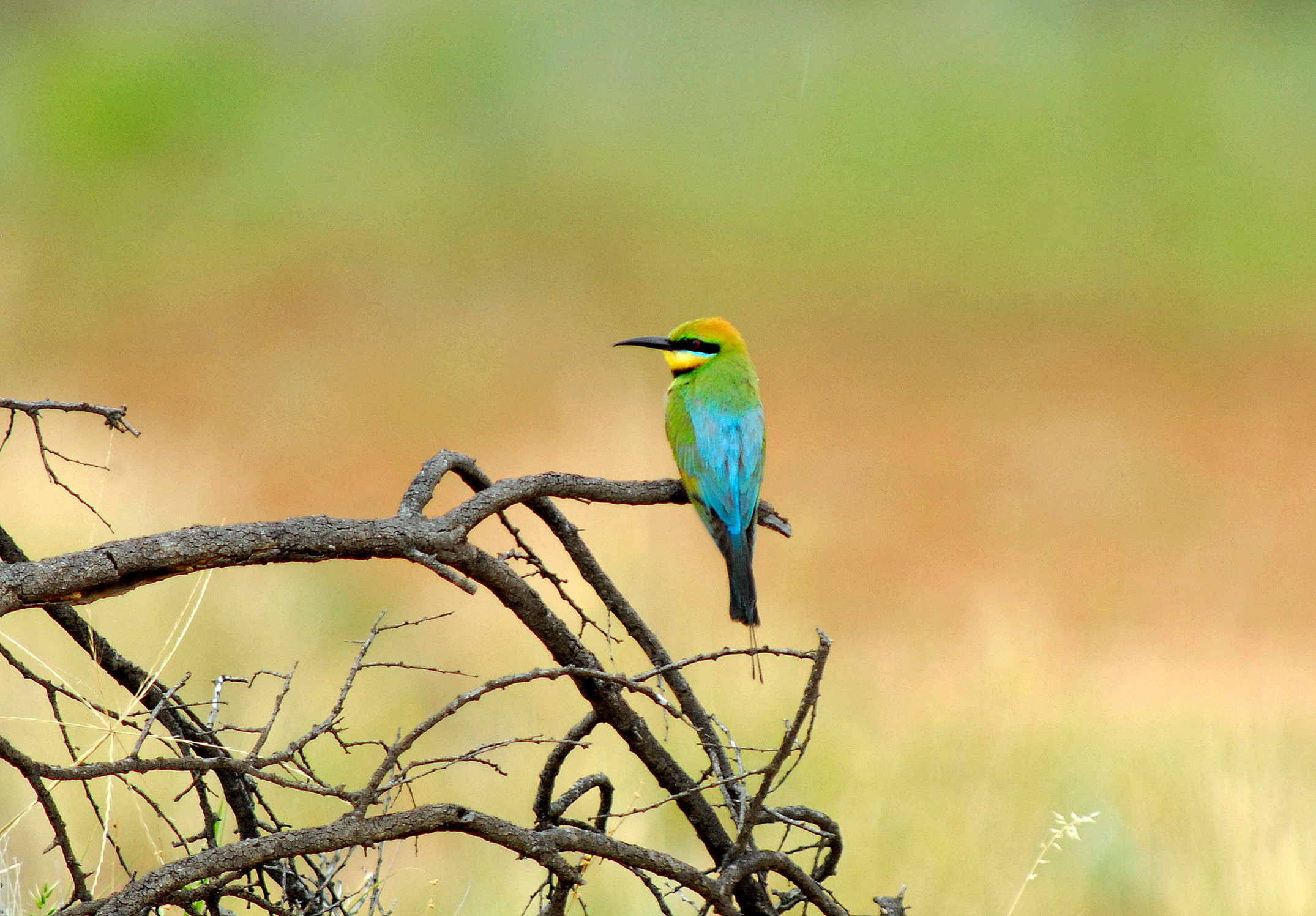 Wayne Lawler/AWC
Wayne Lawler/AWC
20 Brown Quail
18 Black-faced Woodswallow
16 Spinifex Pigeon
15 Little Friarbird
14 Comb-crested Jacana
14 Chestnut-breasted Munia
12 Rufous-throated Honeyeater
12 Paperbark Flycatcher
12 Magpie Goose
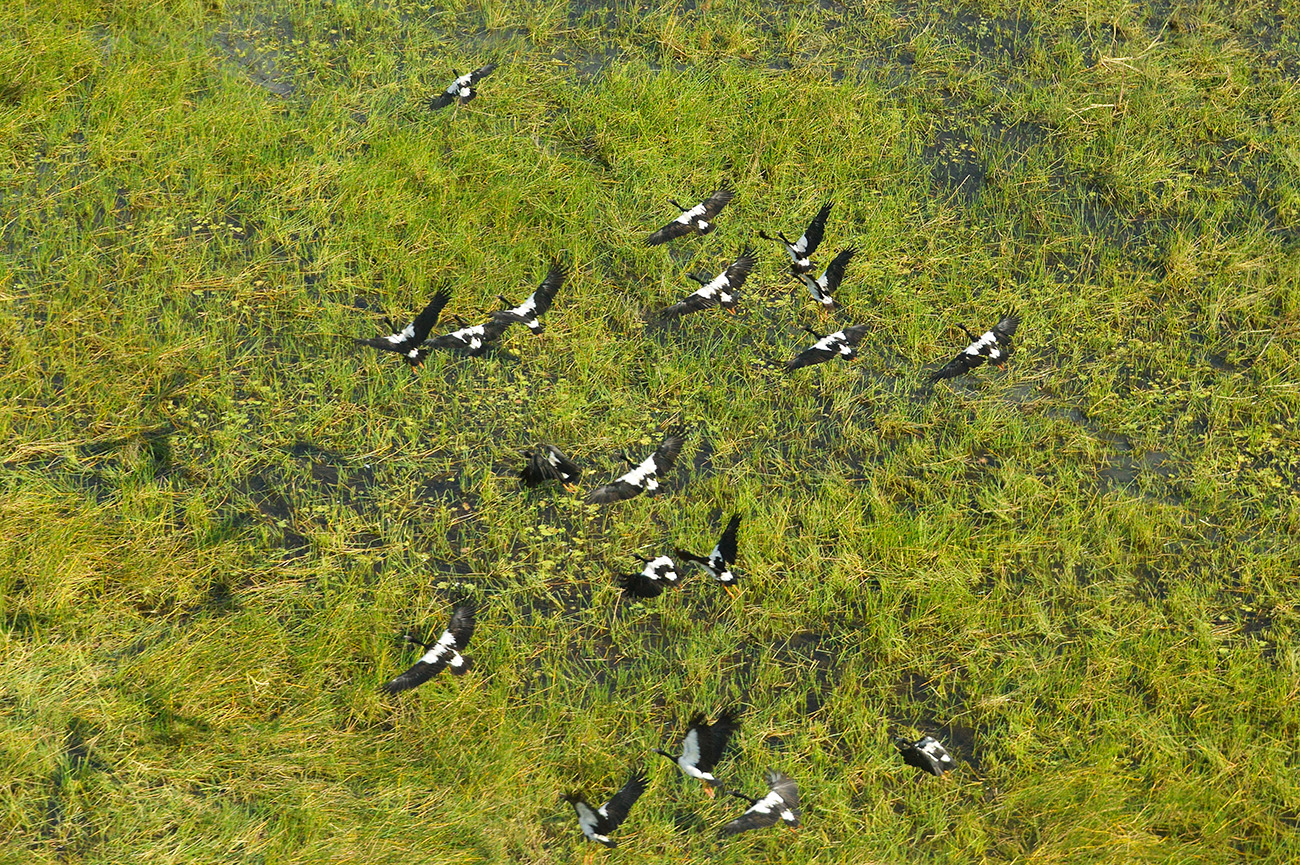 Wayne Lawler/AWC
Wayne Lawler/AWC
11 Pacific Black Duck
10 Willie-wagtail
10 Red-backed Fairywren
10 Little Woodswallow
9 White-quilled Rock-Pigeon
8 Tree Martin
8 Royal Spoonbill
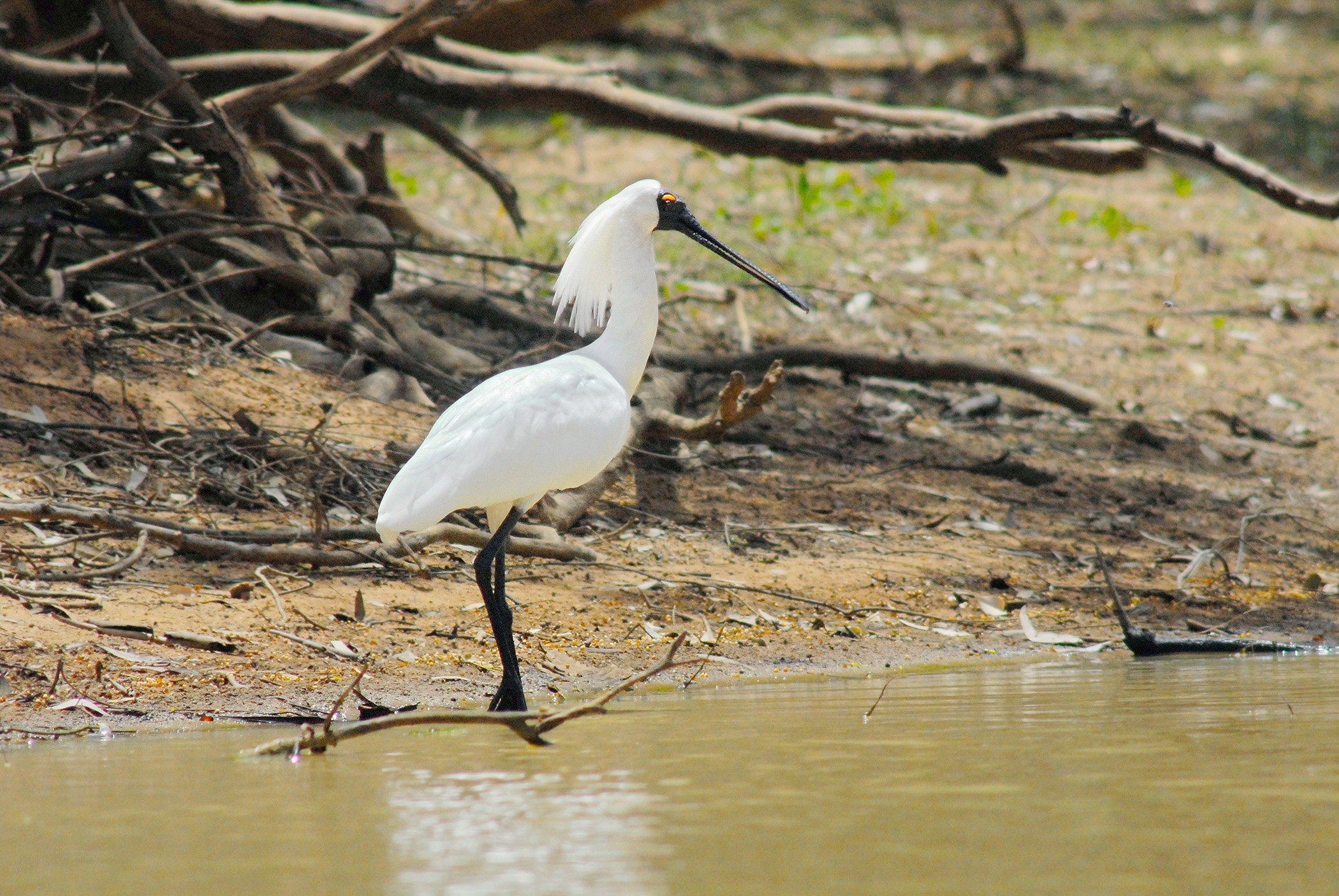 Wayne Lawler/AWC
Wayne Lawler/AWC
8 Red-tailed Black-Cockatoo
8 Magpie-lark
8 Black-fronted Dotterel
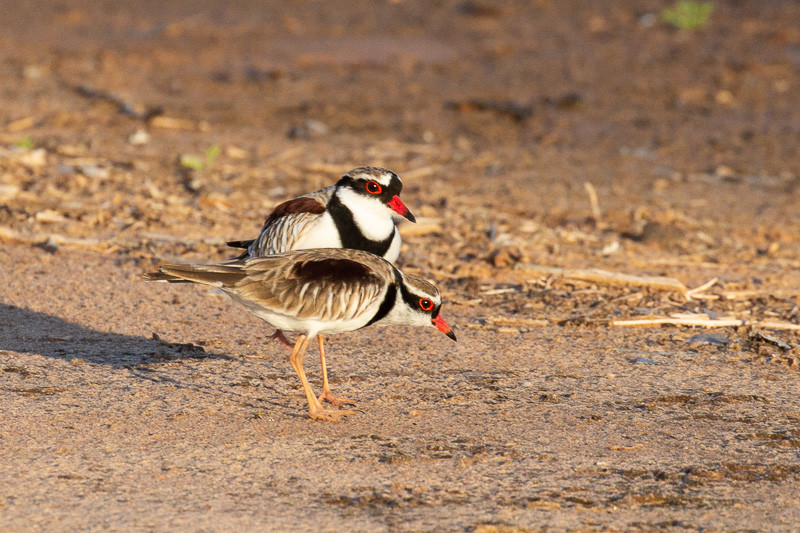 Christine Bull/AWC
Christine Bull/AWC
8 Bar-shouldered Dove
8 Australasian Darter
7 White-gaped Honeyeater
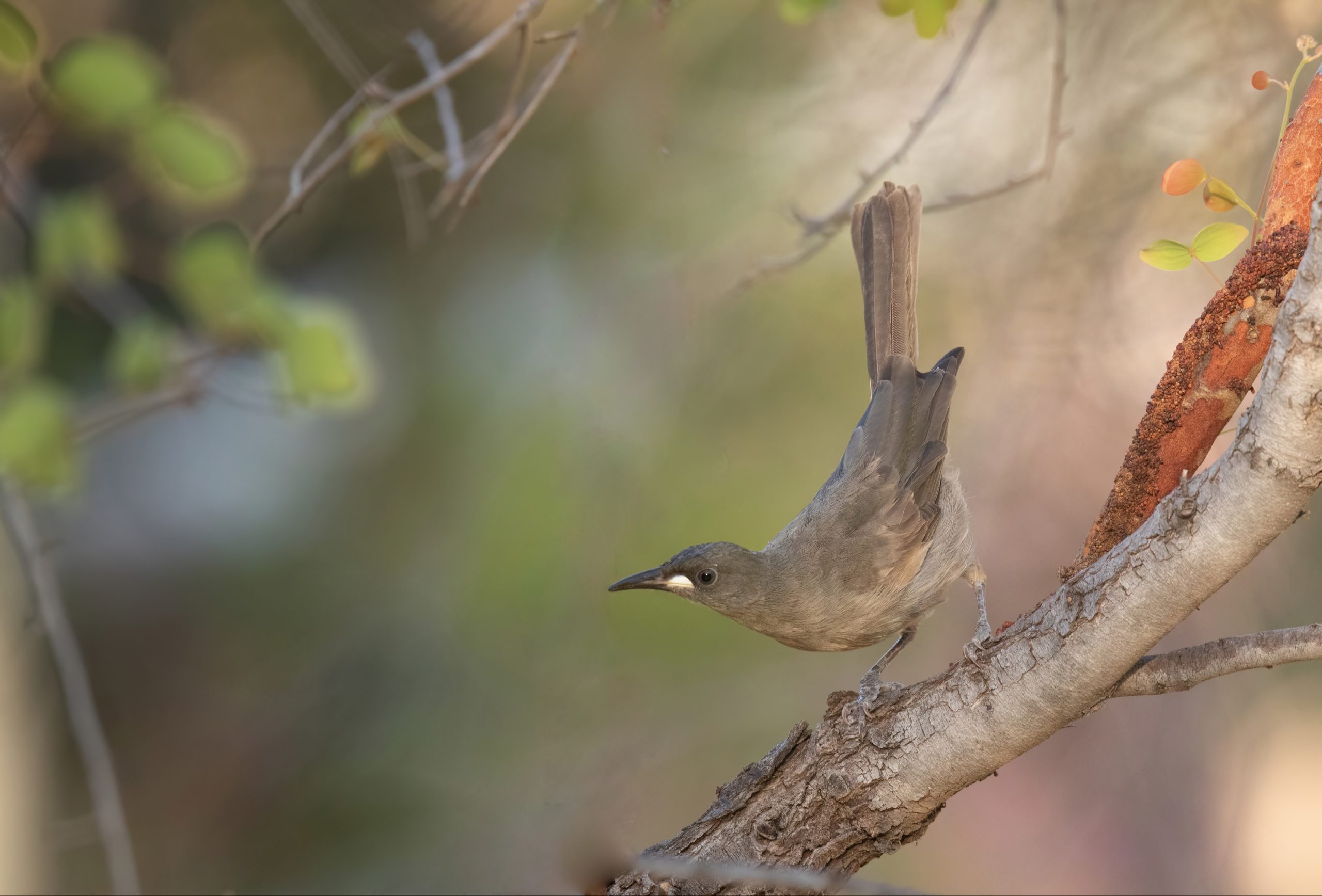 Steven Spragg/AWC
Steven Spragg/AWC
7 Blue-winged Kookaburra
7 Black-faced Cuckooshrike
7 Black Kite
6 White-breasted Woodswallow
6 Red-winged Parrot
6 Little Black Cormorant
6 Intermediate Egret
6 Fairy Martin
6 Crested Pigeon
6 Cattle Egret
6 Brolga
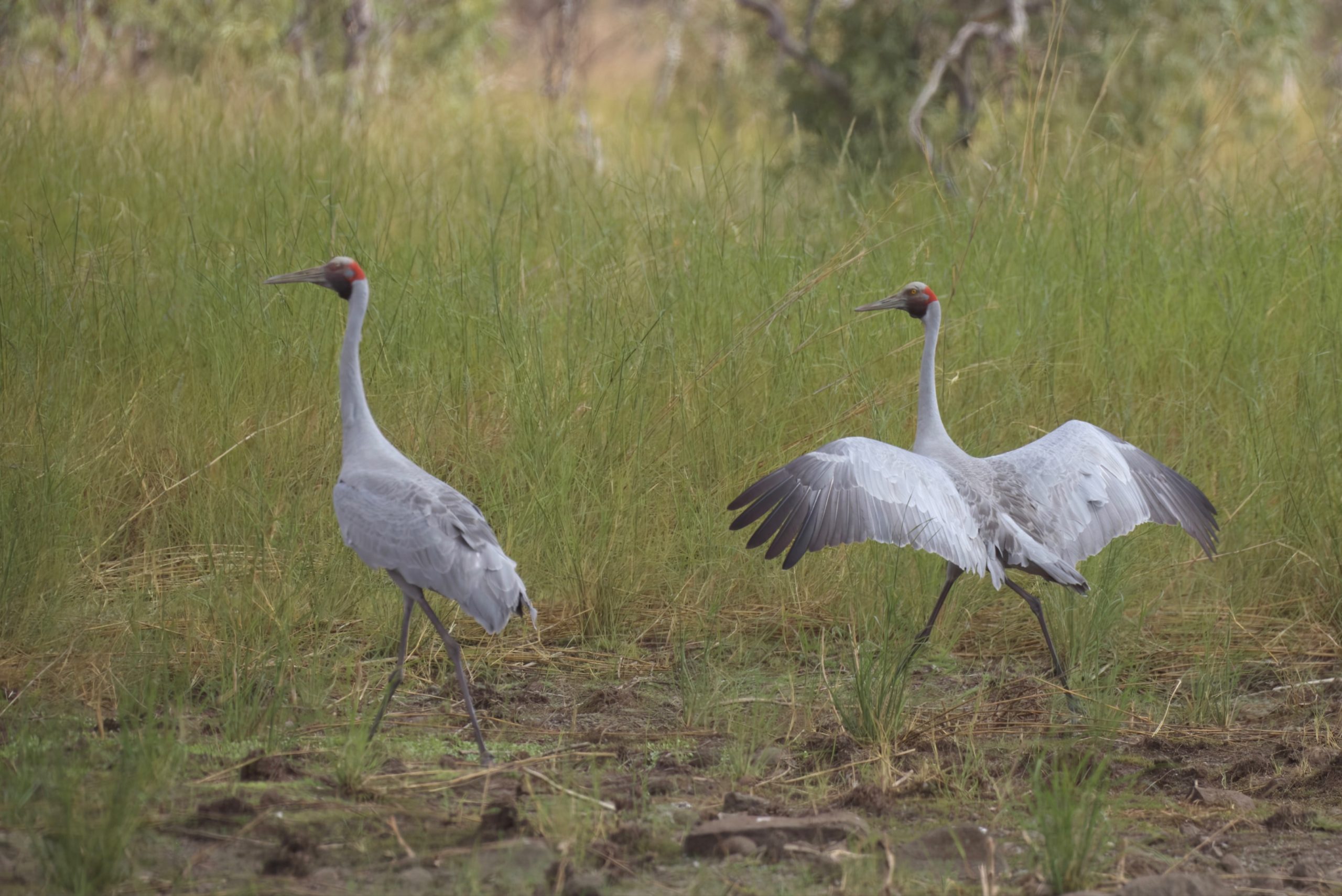 Steven Spragg/AWC
Steven Spragg/AWC
6 Black-chinned Honeyeater
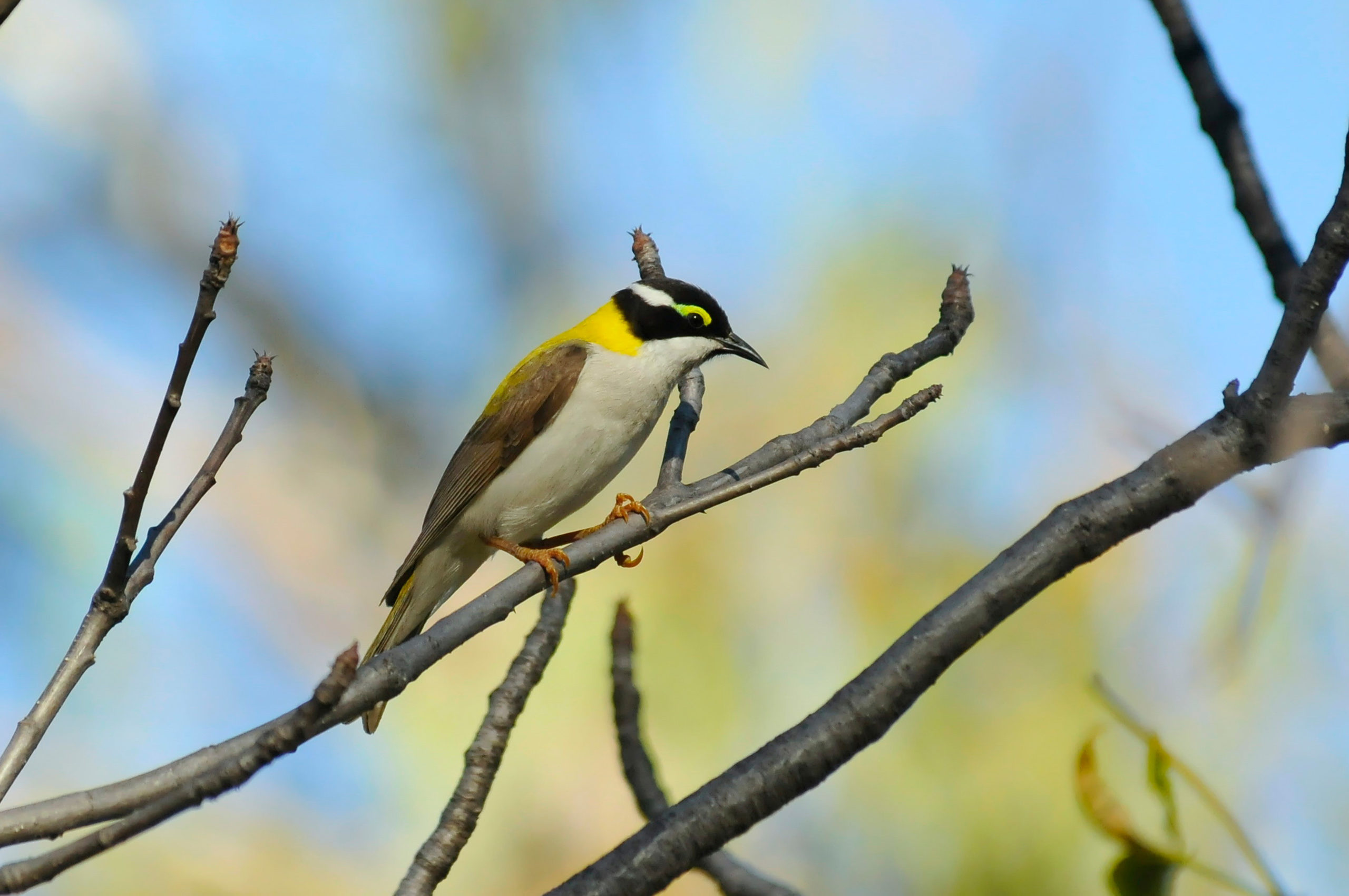 Wayne Lawler/AWC
Wayne Lawler/AWC
6 Australian Pelican
5 White-bellied Cuckooshrike
5 Australasian Bushlark
4 White-faced Heron
4 Rufous Whistler
4 Pacific Heron
4 Masked Woodswallow
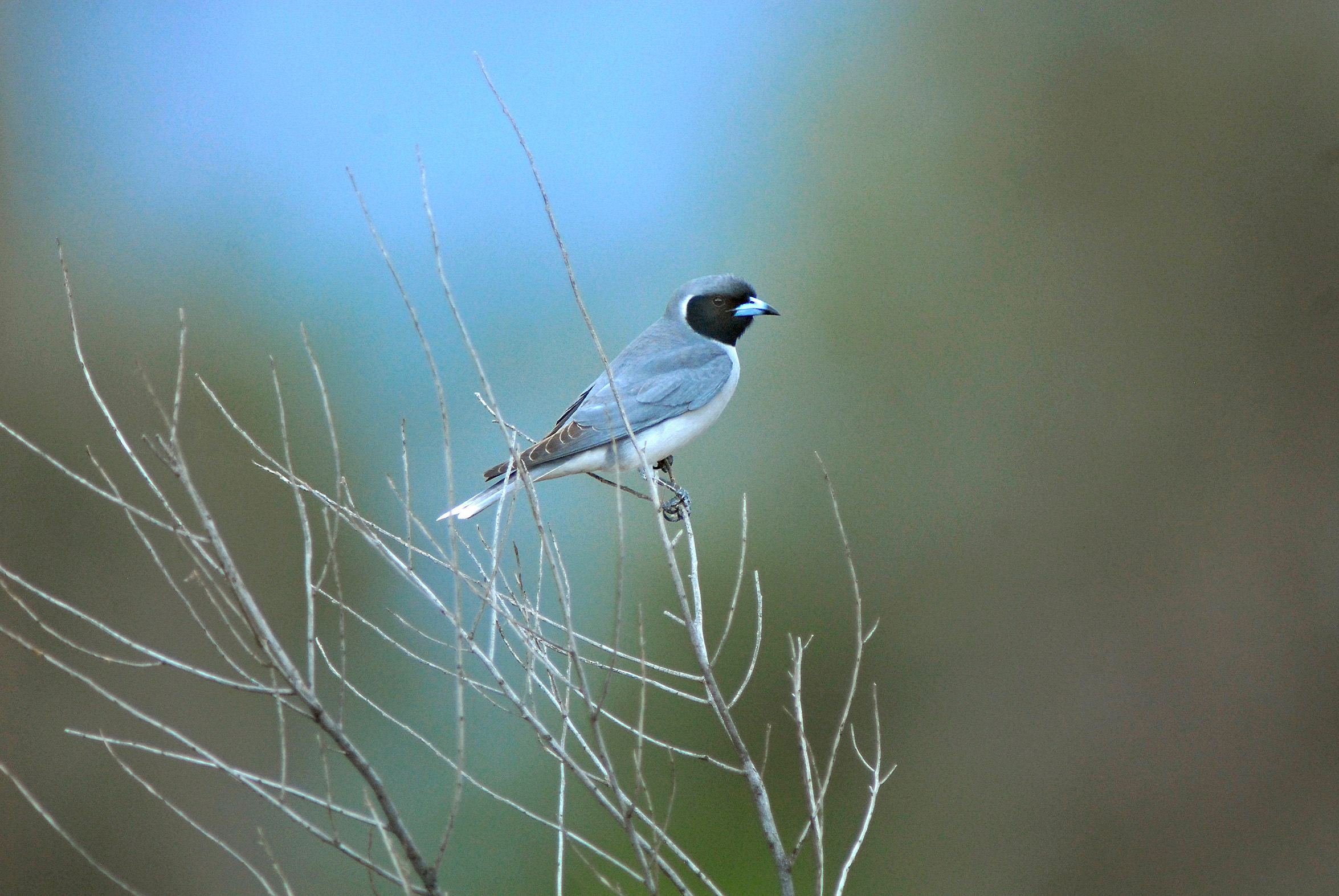 Wayne Lawler/AWC
Wayne Lawler/AWC
4 Great Bowerbird
4 Gray-fronted Honeyeater
4 Cockatiel
4 Banded Honeyeater
4 Australian Bustard
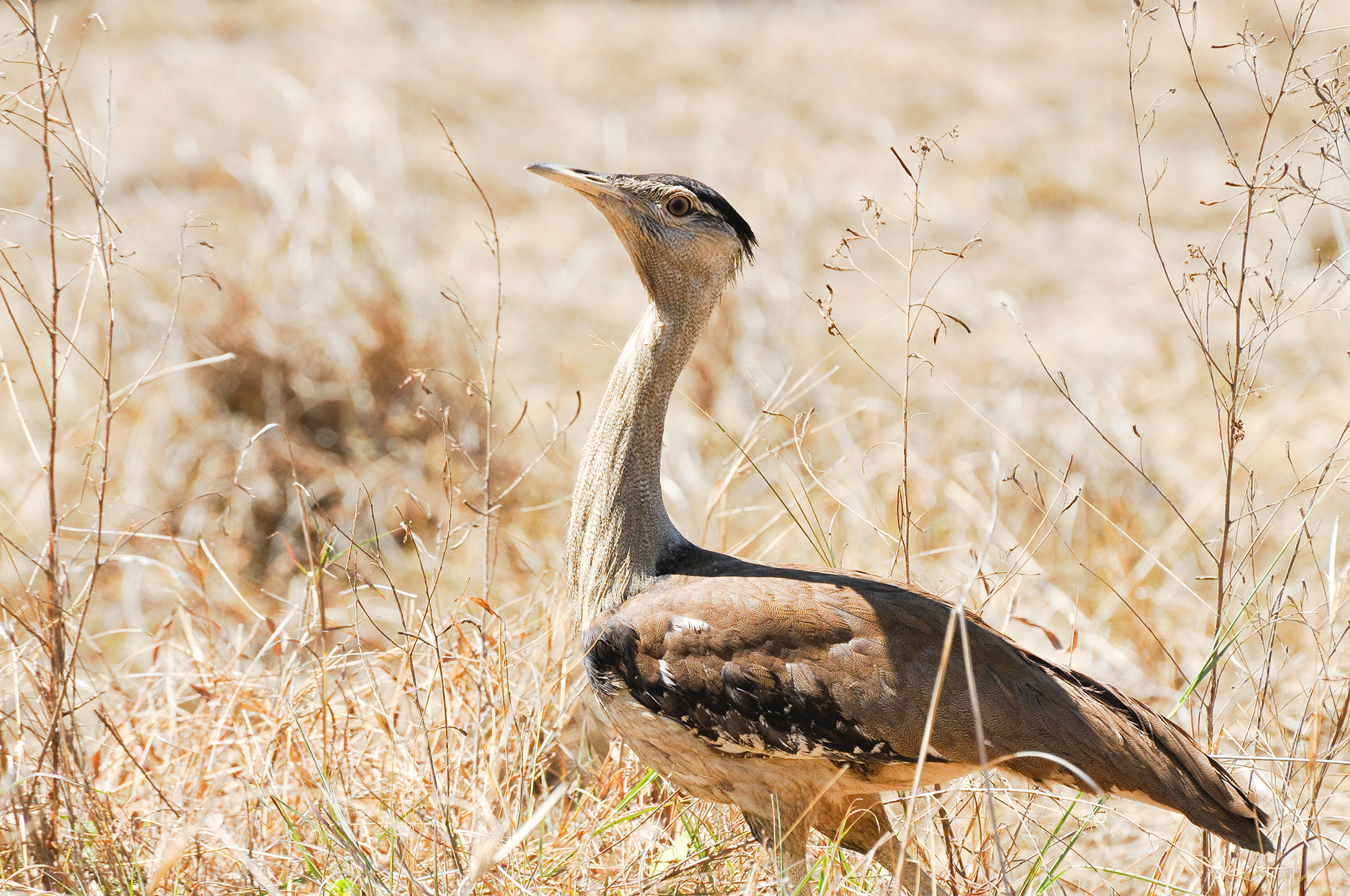 Wayne Lawler/AWC
Wayne Lawler/AWC
4 Australasian Grebe
3 Whistling Kite
3 Wandering Whistling-Duck
3 Straw-necked Ibis
3 Purple-crowned Fairywren
The Purple-crowned Fairywren’s coronatus subspecies is a staple along Mornington’s riverbeds but found almost nowhere else in the world. This Endangered subspecies’ range is limited to a small pocket of Western Australia and the Northern Territory, as it has adapted to live only along the banks of Northern Australia’s waterways. Much of its riparian habitat – particularly the Pandanus aquaticus vegetation that it nests in – has been decimated by feral herbivores and wildfire, causing significant declines in the Purple-crowned Fairywren population.
For close to two decades, Monash University researchers and AWC scientists have closely monitored an entire population of Purple-crowned Fairy-wrens at Mornington. Until 2018, they bucked the trend of decline the species was seeing elsewhere across Australia, with the number of breeding pairs increasing until the population had doubled in size! Then the vicious pairing of drought and wildfire in 2018 and 19 caused severe habitat damage, and their numbers saw a 41% decline. Both their flourishing numbers before habitat damage and extreme decline afterwards demonstrate the essentiality of habitat regeneration and maintenance in the survival of the species.
Despite its population decline, the Purple-crowned Fairywren population at Mornington has the highest density in its range, and so its little amethyst crown is a rare but wonderful treat for birders like Steven.
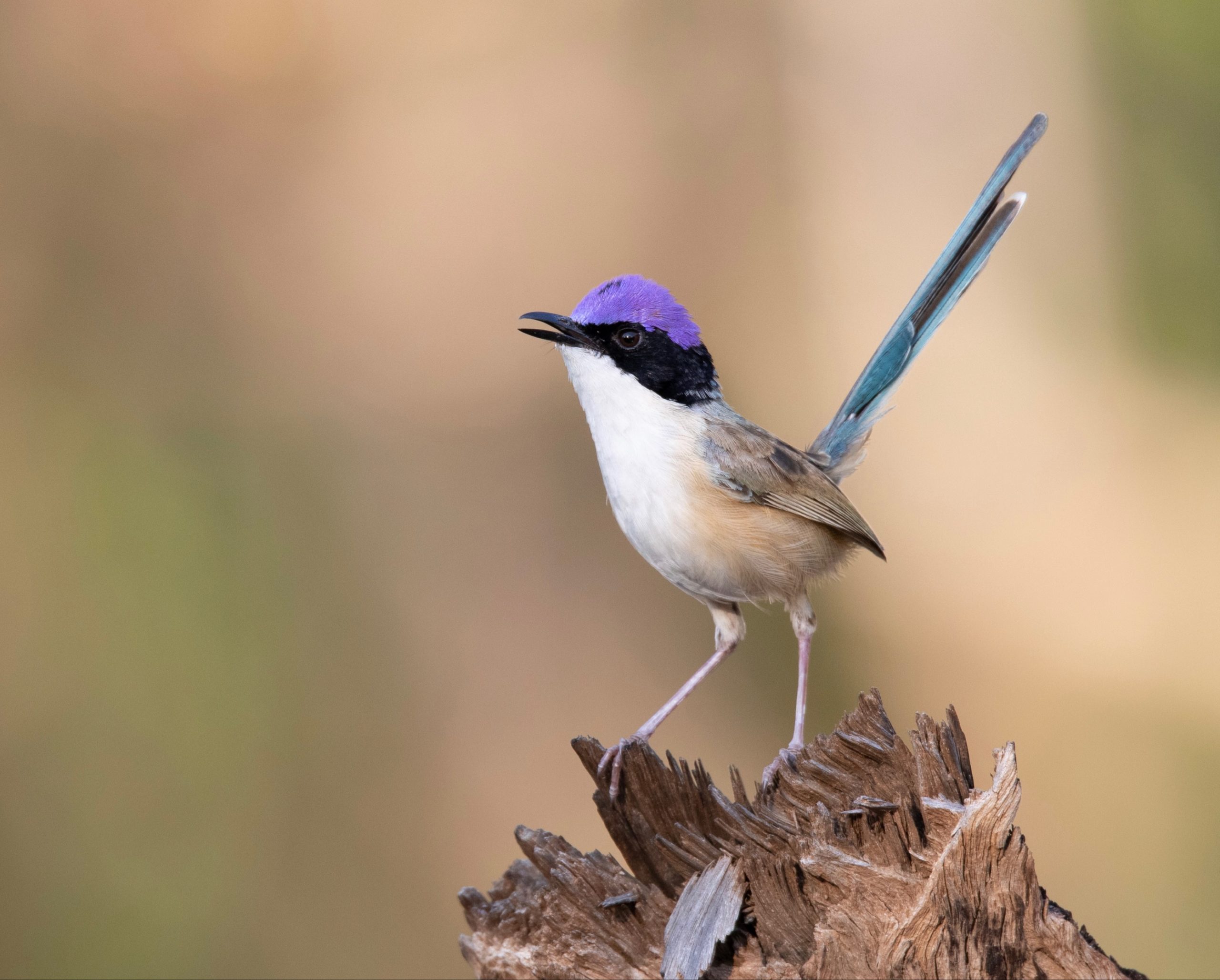 Steven Spragg/AWC
Steven Spragg/AWC
3 Purple-backed Fairywren
3 Little Pied Cormorant
3 Green Pygmy-Goose
3 Australian Owlet-nightjar (The final bird Steven spotted!)
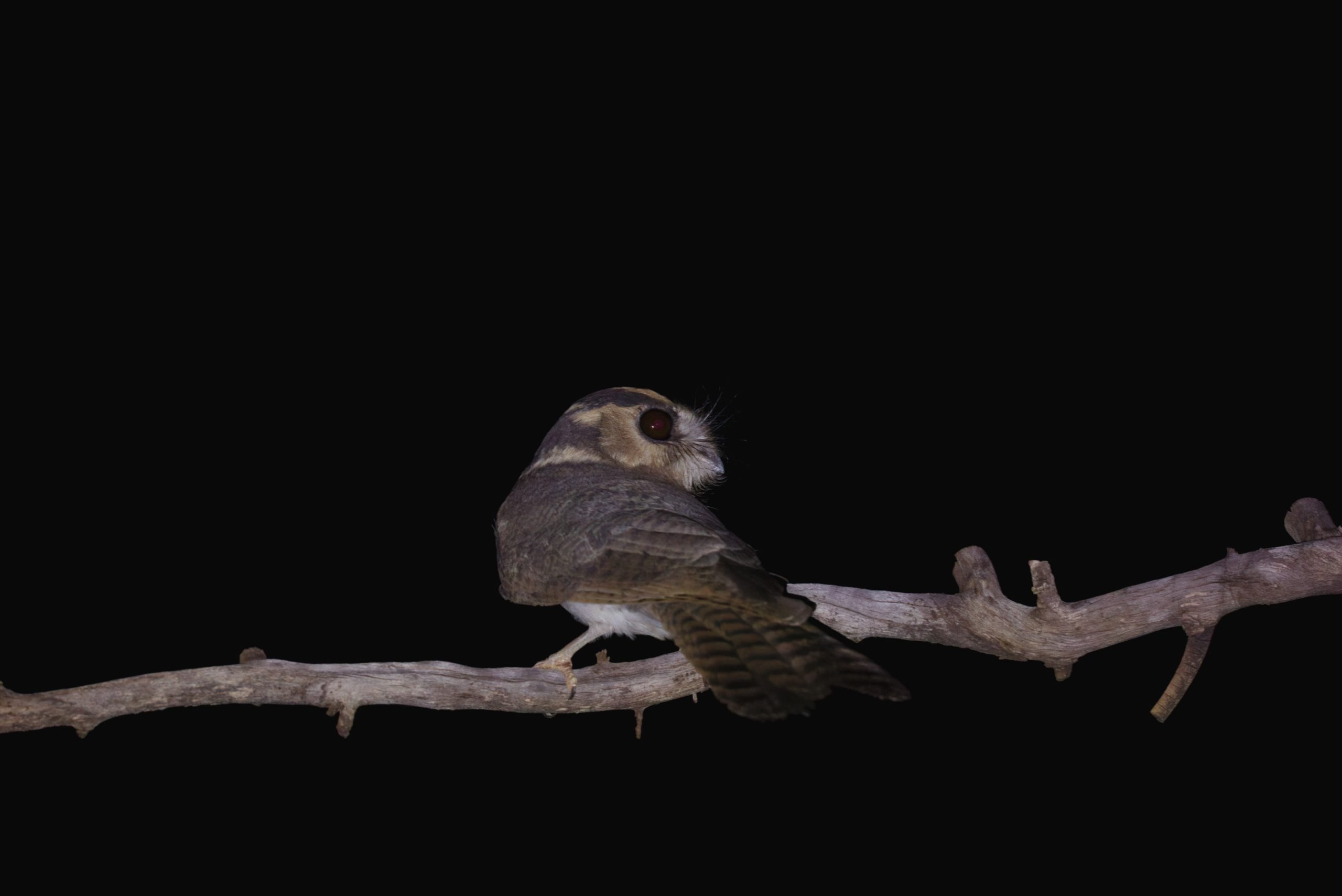 Steven Spragg/AWC
Steven Spragg/AWC
2 White-throated Honeyeater
2 Sulphur-crested Cockatoo
2 Rufous Songlark
2 Red-collared Lorikeet
2 Red-backed Kingfisher
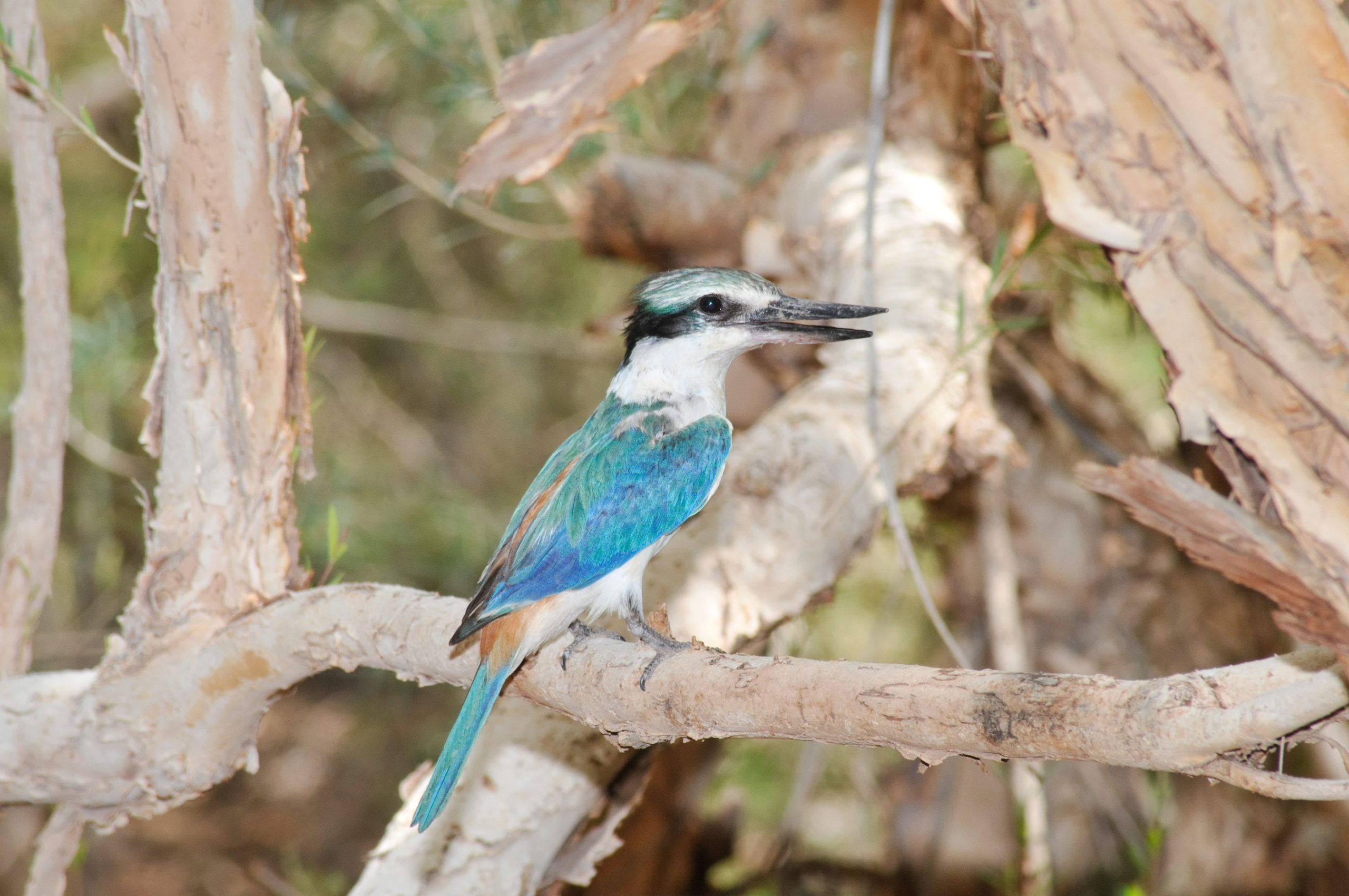 Wayne Lawler/AWC
Wayne Lawler/AWC
2 Northern Rosella
2 Mistletoebird
2 Gull-billed Tern
2 Bush Thick-knee
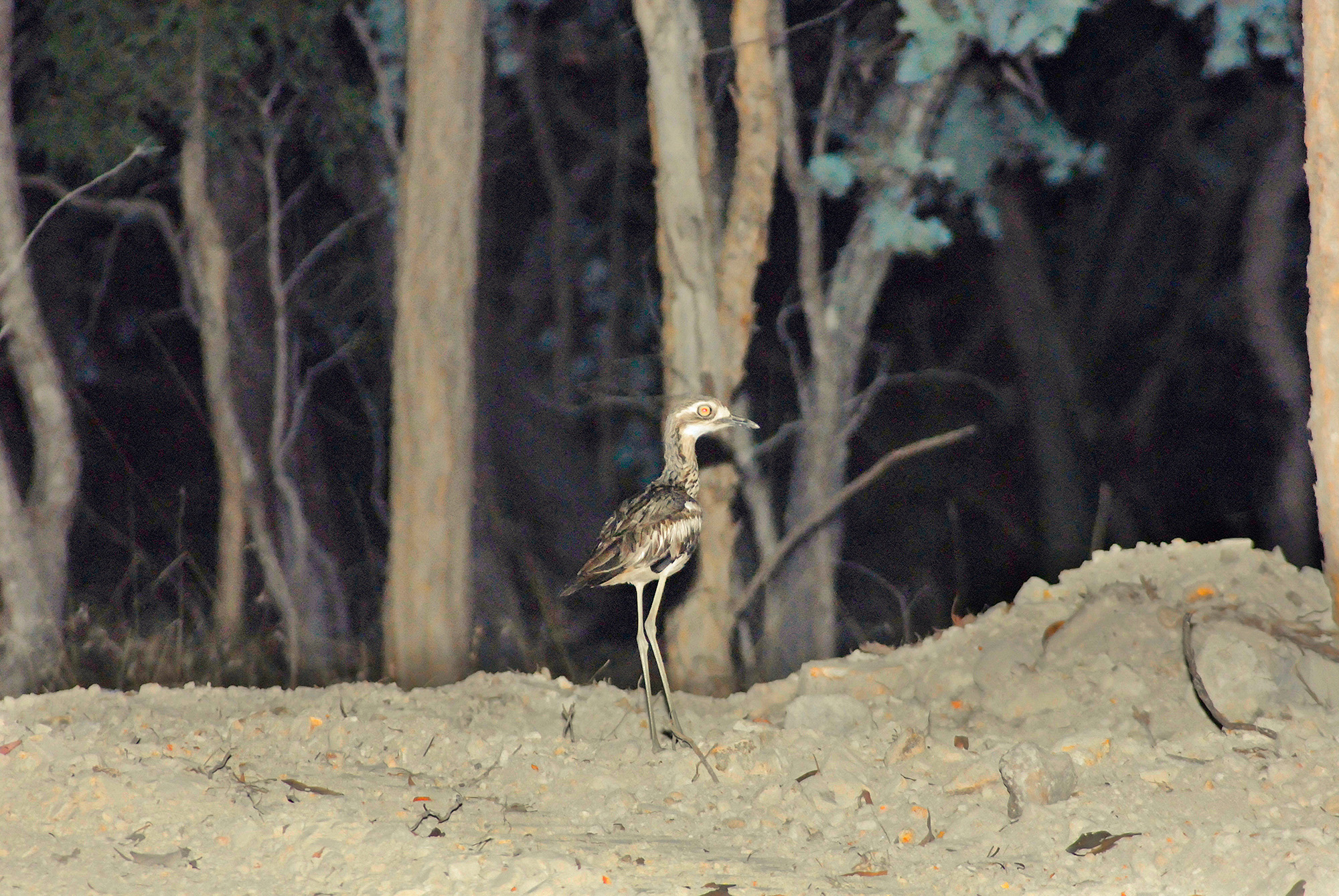 Wayne Lawler/AWC
Wayne Lawler/AWC
2 Buff-sided Robin
2 Azure Kingfisher
1 White-bellied Sea-Eagle
1 Whiskered Tern
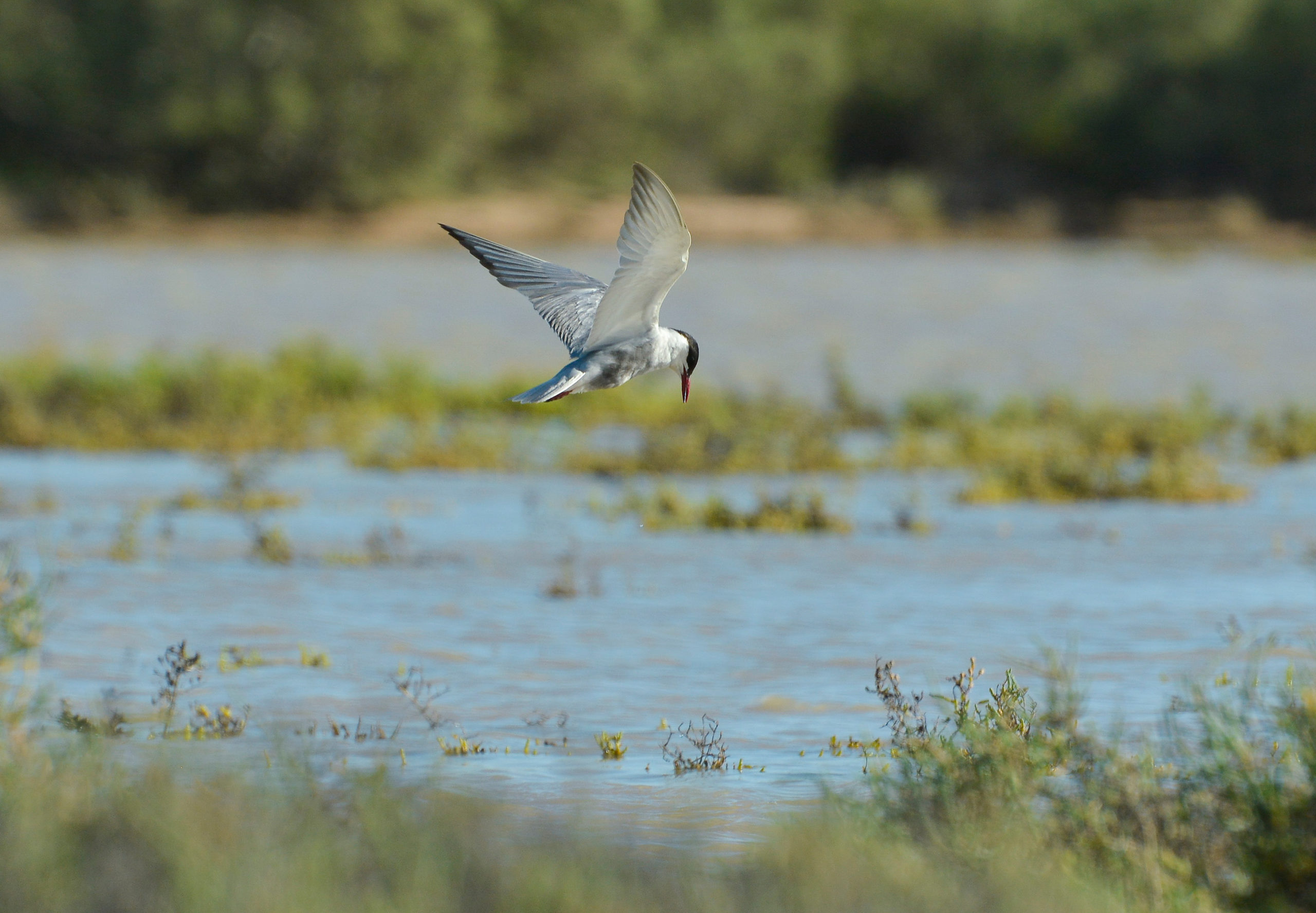 Wayne Lawler/AWC
Wayne Lawler/AWC
1 Square-tailed Kite
1 Spotted Nightjar
1 Southern Boobook
1 Pied Heron
1 Olive-backed Oriole
1 Northern Fantail
1 Great Egret
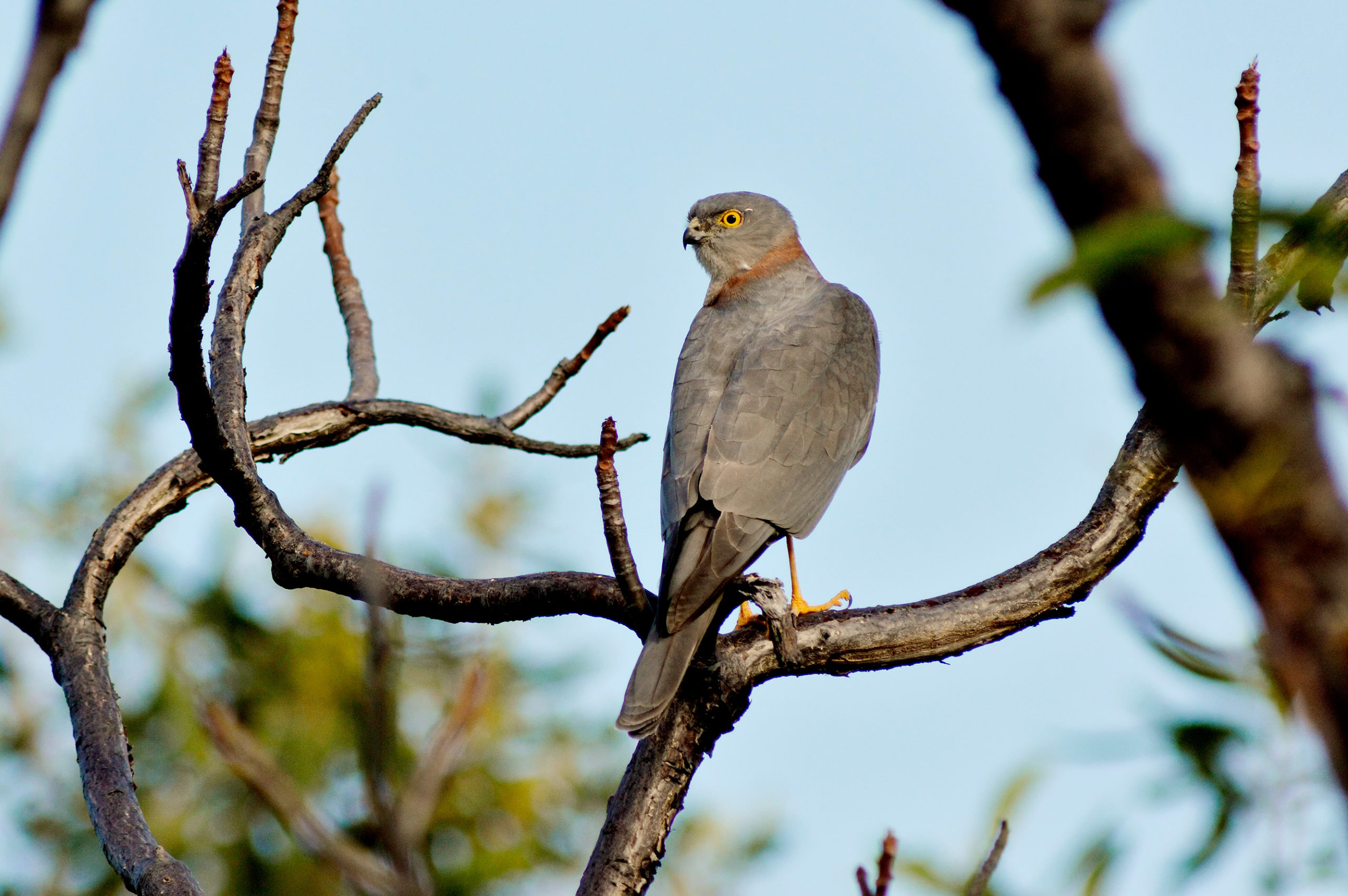 Wayne Lawler/AWC
Wayne Lawler/AWC
1 Golden-headed Cisticola
1 Brown Falcon
1 Black-breasted Kite
1 Barking Owl
This mid-sized, hawk-owl has very distinctive vocalisations – a gruff ‘woof-woof’ or ‘wuk-wuk’ that sounds remarkably like a dog’s bark, and a much rarer, wavering scream, resembling a high-pitched ‘help!’ Luckily for Steven, it often becomes active before dark, so he was able to tick his 101 species off without having to stay up all night getting spooked by its vocal tricks.
1 Australian Magpie
1 Australian Ibis
1 Australian Hobby
1 Australasian Swamphen
With his wonderful bird knowledge, you’d be hard-pressed to find a field guide savvier than Steven.
 AWC
AWC
Support Australian Wildlife Conservancy's rewilding efforts and protect the future of Australia's threatened mammals
Donate Now